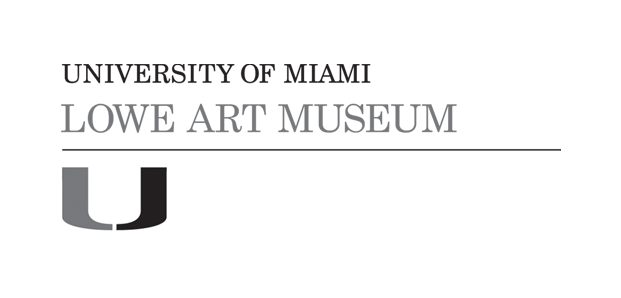The Annunciation
Artist/Maker
Bicci di Lorenzo
(Italy, 1373-1452)
Dateca. 1435-1440
CultureItalian
Mediumtempera and oil on panel
DimensionsSight: 57 3/4 x 57 in. (146.7 x 144.8 cm)
Framed: 64 x 64 x 3 1/2 in. (162.6 x 162.6 x 8.9 cm)
Framed: 64 x 64 x 3 1/2 in. (162.6 x 162.6 x 8.9 cm)
ClassificationsVisual Works
Credit LineGift of Colonel C. Michael Paul
Terms
Object number69.042.000
On View
Not on viewCollections
Artist Unknown
19th century
Artist Unknown
19th century











